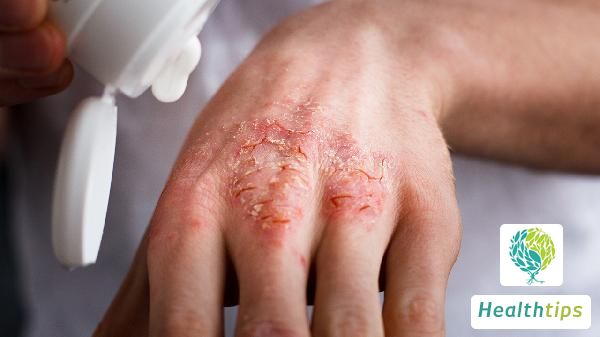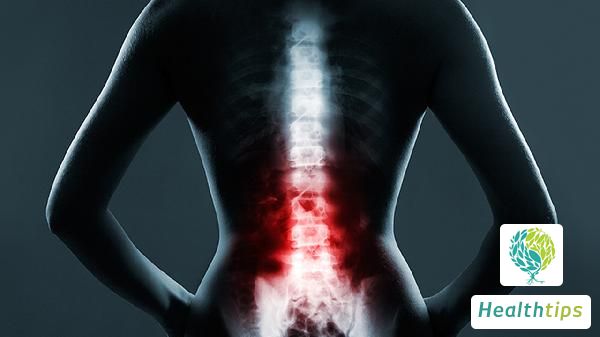"Why Is My Right Side of the Body Feeling Weak and Soft?"
Causes and Treatments for Weakness and Softness in the Right Half of the Body

Weakness and softness in the right half of the body are commonly caused by overexertion, improper posture, femoral nerve entrapment syndrome, cervical spondylosis, or cerebrovascular accidents. It is recommended that patients seek medical attention promptly and take targeted measures under the guidance of a doctor based on the specific cause. These measures may include resting adequately, correcting improper posture, medication, or surgery. The details are as follows:
1. Overexertion
Prolonged physical labor may lead to excessive fatigue, manifesting as weakness and softness in one side of the body. Typically, reasonable rest will gradually improve the condition.
2. Improper Posture
Incorrect sitting or lying positions can compress the nerves in the right limbs, affecting blood circulation and causing weakness and numbness. Appropriate movement or adjusting the posture can quickly alleviate these symptoms.
3. Femoral Nerve Entrapment Syndrome
This syndrome occurs when the femoral nerve is compressed due to a narrowing in its pathway, similar to carpal tunnel syndrome or cubital tunnel syndrome. Hand numbness, inflexibility, and weakness can occur if the median nerve in the wrist is compressed due to wrist overuse. In the case of cubital tunnel syndrome caused by ulnar nerve injury, symptoms include limb weakness, heaviness, and numbness on the ulnar side of the hand and forearm. Elevating the upper limb can exacerbate these symptoms. For carpal tunnel syndrome, doctors may prescribe medications like methylprednisolone or prednisolone to reduce inflammation and edema, followed by splinting and ultrasound therapy. Surgical intervention may be necessary. Patients with cubital tunnel syndrome should avoid sleeping on their elbows and take anti-inflammatory medications if the pain is severe. Surgical options may also be considered.
4. Cervical Spondylosis
Cervical spondylosis is caused by herniated cervical discs and bone spurs pressing on the spinal cord and nerve roots, leading to nerve dysfunction and muscular weakness in the upper limbs. This can manifest as upper limb weakness, slow movements, and unstable gait with pain and stiffness in the lower limbs. Neck braces, traction, and acupuncture can help alleviate symptoms. Severe pain may be managed with medications like ibuprofen, celecoxib, or paracetamol.
5. Cerebrovascular Accidents
Diseases like cerebral infarction and cerebral hemorrhage, especially when affecting the left side of the brain, can cause weakness, softness, and even paralysis on the opposite side. Accompanying symptoms may include facial asymmetry, dizziness, and headaches. Immediate medical attention is crucial to prevent complications. For cerebral infarction, revascularization to restore brain function, including interventional therapy, medication, and rehabilitation, is necessary. Patients with cerebral hemorrhage require treatments to lower intracranial pressure and alleviate symptoms through general management, medication, or surgery.
Other potential causes include myelitis, intracranial space-occupying lesions, and metastasis of tumors from other systems to the brain. It is crucial for patients to seek timely medical attention for relevant examinations and treatments to prevent further complications.



















